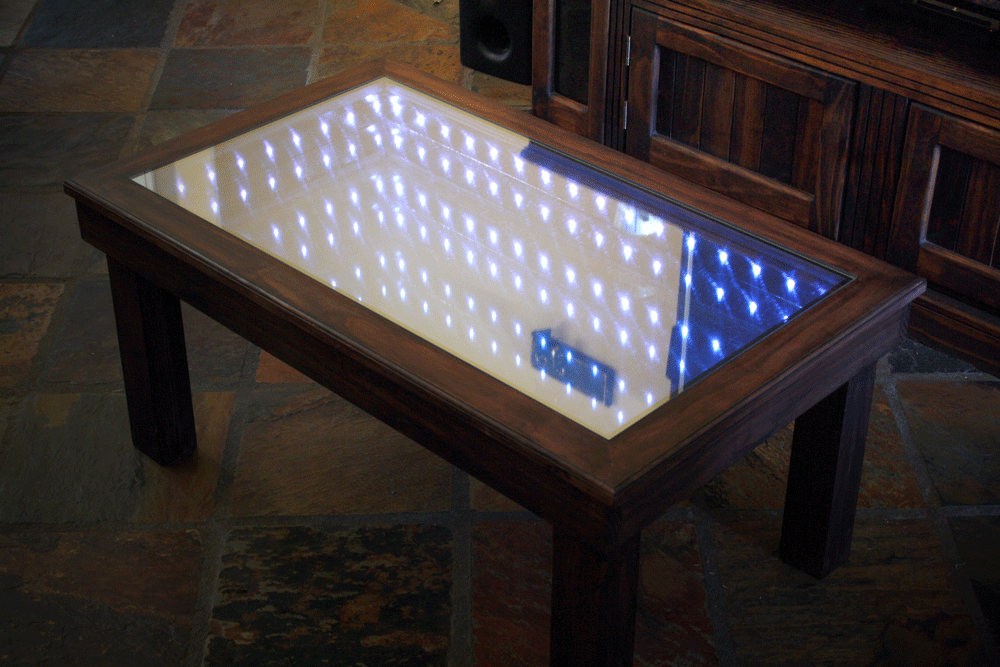Woodworking – a hobby that can pay you for practicing it
Your hobby is woodworking, you’ve got a couple of tools and have built a few project you’re quite proud of and now you’re asking yourself, “how to make money woodworking?”.
Why would you want to make money with your hobby?
Or more appropriately put, why wouldn’t you want to make money with your hobby.
Woodworking can become an expensive pastime with the high prices on quality power tools and wood itself not being very cheap. Money generated from selling your wood crafts can be used for the purchasing of more wood and more tools for more woodworking. If you can manage to generate enough revenue from what you sell you can reach a point where your hobby does not cost you money. Or better yet, get paid to do what you love.
Money grows on trees
Well, no it doesn’t, but wood does and if you can turn that wood into anything people want to buy you can make money woodworking from home.
There are many reasons why people choose to buy articles like furniture made from wood.
- Wood is beautiful and unique.
The look and feel that a quality wood adds to articles produced with it is unmatched. - Wood is timeless
Wood is one of the oldest crafting materials used by man and is still today the material of choice for high-end quality furniture. - Wood is resilient
Wooden furniture made from quality woods can last a lifetime and then some if treated with adequate care. - Wood is sought after
Quality wooden articles will always be admired and tend to fetch more money than the more modern slapped together furniture built from fiberboard or plastics
Start small – Project to get you rolling
You’re already woodworker, you just want to sell what you make right? Keep it simple to start off and don’t overburden yourself. The fastest way to destroy your love for woodworking is to add an obligation to it.
Choose a couple of simple projects and make sure you can build them well.
 There are many great and fairly simple projects that can be built using basic woodworking power tools.
There are many great and fairly simple projects that can be built using basic woodworking power tools.
A few examples of such projects are:
- Wooden guitar stands
- Wine racks
- Key hangers
- Raised planters
- Cutting boards
But before you can turn your hobby into an income, people need to know about it. A great place to start is with friends and family. Share your projects with them on social media and give a project here and there as a gift. This turns their friends that see your work into potential clients with the added bonus of being able to get in contact with you through whoever you shared your project with.
Some other considerations when attempting to monetise your woodworking operation:
1. Auctions and pawnshops
This is one of my favorite ways to turn a quick buck. Though it does require a firm grasp on the actual value of items, auctions create an opportunity to acquire article with low levels of wear or damage that can be restored to be sold at a profit.
Often people are deterred from buying these wooden articles like furniture due to the unappealing condition these articles find themselves in but just as often all that’s needed is a good sand down and a fresh coat of treatment.
Aspects to consider when attempting to restore damaged wood for a profit.
- Would someone buy this if it looked new?
- How much time and money would it cost you to get it from its current condition to a point where you can sell it?
- Is the bid or purchase price a steal?
If your aim is to make money from restoring worn or damaged articles purchased from auctions and pawn shops the majority of the damage should be cosmetic and ideally have little or no structural faults unless they are easily repairable.
2. Rustic articles
Rustic means to be made in a plain and simple fashion.
Rustic is in and rustic is easy. Making something new look old has become a very popular branch of woodworking as of late. Apparently, people want there stuff to look worn. This is a big advantage for any hobbyist looking to make money from their woodworking. The two main reasons for this is:
- Rustic is easier
Rustic furniture doesn’t need any complicated joints or hours of sanding for flush finishes. Its beauty is in its imperfections. This also means that sometimes if you mess up, the flaws can become part of the finished product and even add to its appeal. - Rustic is cheaper
Rustic furniture is often made from reclaimed or salvaged woods which means that the cost of the wood can be substantially less.
Even wood from pallets and crates can be repurposed to make wooden articles.
3. Custom articles
 For woodworking hobbyists with a larger tool arsenal and a more refined skill level, custom built furniture to customer specifications can be very lucrative also.
For woodworking hobbyists with a larger tool arsenal and a more refined skill level, custom built furniture to customer specifications can be very lucrative also.
Often people are looking to buy something specific but unfortunately what they are looking for is not available on the commercial market. As a result, they would have to turn to a craftsman that can produce these articles to spec. In these cases, the craftsmen can pretty much name his price depending on how desperate the client is to own said article.
Determine the profitability
Regardless of what you are building or restoring consider the following factors before you commit or invest:
- Time required to produce/restore
- Material cost
- Equipment cost
- Product demand
- Posible return
Minimizing potential losses
I’m no businessman and market analysis is not my strong suit. To combat this and minimize my chances of losing out on a project I spent a great deal of time and effort building I generally built things I would be able to use myself. This allowed me to use the item while I was testing the waters to see if people would be interested in buying such an item. If it sells quickly it’s generally a good indication that there is some demand for it and I would consider building more.If it does not sell, however, I still have a cool new addition to my home.
Put bluntly, if you, for example, don’t have dogs, don’t build a dog kennel.
Streamline your production
If you have managed to build an item or items that you have identified as good sellers you should analyze the way you built it and consider streamlining the production process for that item.
Things you can consider to optimize production:
- Jigs – If you are planning on building more than one of a specific item jigs can go a long way in speeding up the production process.
- Standard sizes – Incorporating standard lumber sizes into your design would limit the need for resawing.
- Specialized equipment – A tool built for a specific task tends to perform better at that task. A simple example would be a miter saw. While a table or even circular saw can also perform crosscuts a miter saw, which is designed for cross cuts, will setup up and saw the fastest.
Be careful not to turn your hobby into a job.
While many people would love to turn their hobby into a full-time gig I would advise caution when embarking down such an avenue.
We practice woodworking because we like it but as soon as we are obligated to do it, together with deadlines and the stresses of being profitable, it will most likely become much less appealing.
It’s like driving. When you’re learning to drive it’s extremely exciting and you jump at the opportunity to pop down to the stores for your mom but as soon as driving becomes tedious it looses all it’s flavor and becomes a chore.
Final word
At the end of the day, woodworking is your hobby and making money the main focus of a hobby can get in the way of what a hobby is really about. Do it because you enjoy it and if you manage to sell what you make that’s great but just like I’m not going to stop playing guitar because I’m never going to be a rockstar, you should stick to your woodworking hobby for the love of it.
 Woodworkjunkie.com, DIY like a pro.
Woodworkjunkie.com, DIY like a pro.

I am quite clumsy with my hands and would not think of doing woodwork as a means of making money, but your website has provided some great tips (you make it sound really easy) and I am now interested to start doing something. Who knows? I might turn it into a money-making hobby one day.
I have enjohed visiting your site. It sounds like you have a real love for wood working and you make the rest of us think about doing something with wood, too!
There was a soft-cover book I had a long time ago–I believe the title was “From One Sheet of Plywood” and I think you would thoroughly enjoy it. Perhaps you can locate a copy. I think my ex has mine. 🙁 Anyway, very interesting and informative! Thank you so much!
Hi Linda,
Thanks for the info. I will definitely look into it.
Jean
Thank you so much for sharing this article. I really like your final comments about being careful not to turn your hobby into a job… that’s such a true thing. We used to make wooden boot removers which were fantastic for our neighbors (all farmers); then got a rush of blood to the head and decided to start selling them online, only to become unstuck when we realized the cost of freight and the sheer logistics of making larger quantities was not realistic. Plus it took all the fun out of the process of working with the wood. We should have just enjoyed working with wood for the fun of it!
Hi Karen,
Working with wood can be lucrative but trying to make a living from a hobby removes a large part of the from it.
If you want a woodworking business and you feel you can manage it, go for it. If you want to do woodwork as a hobby for the sheer pleasure of experimenting and building beautiful things it’s just as great. But unfortunately, you can’t have it both ways.
Thanks for stopping by.
Jean
Thank you Jean for the motivation, now I can start doing what I feel is my passion.um from Lesotho and I one day want to start a business and I want you to give me an advice on what to do
Thank you Jean for the advice.
I appreciate all the information which you have shared specially your final word. Everyone should stick to their hobbies for the love of it.